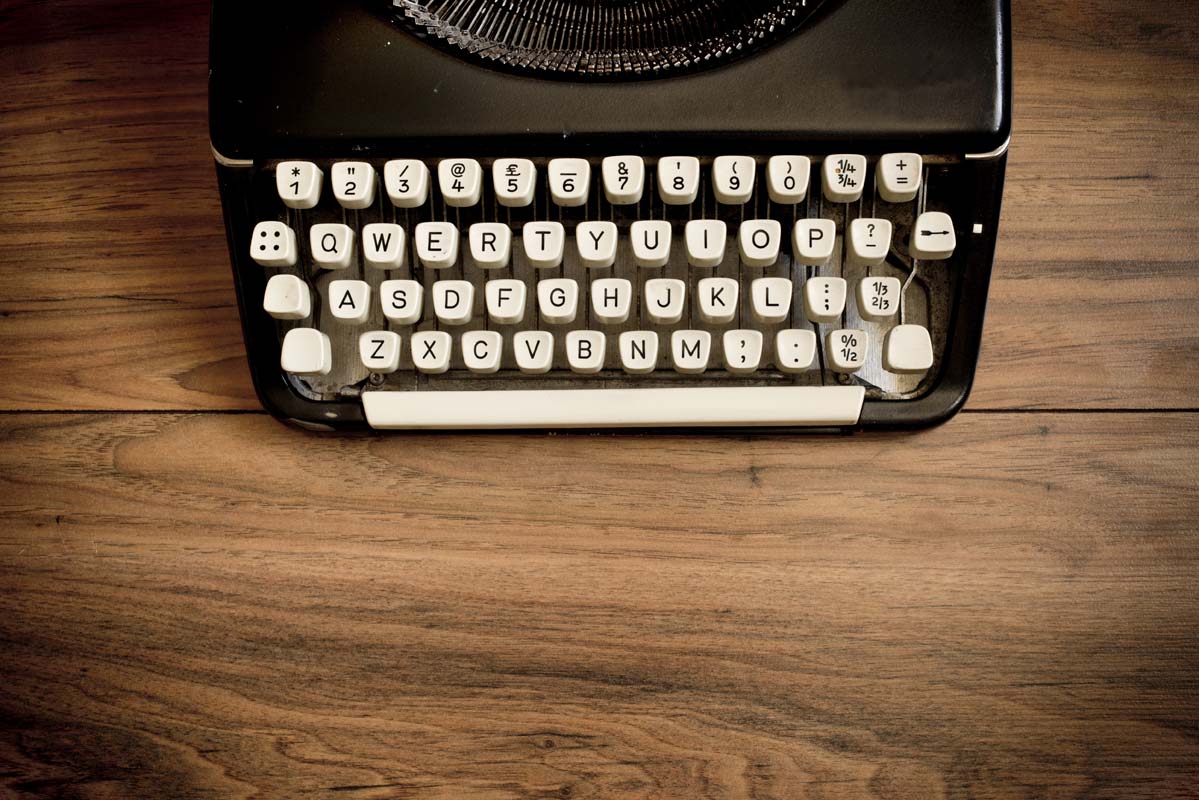What’s the Difference Between a Main Character, Protagonist, and Hero?
Written by MasterClass
Last updated: Sep 7, 2021 • 3 min read
From Shakespeare to big budget action thrillers, the protagonist, the hero, and the main character all drive the story forward and are all integral parts to storytelling. However, they all function as different tools in a screenwriter's arsenal.
Learn From the Best
What Is a Protagonist?
The concept of a protagonist comes from Ancient Greek drama, where the term originally meant, “the player of the first part or the chief actor.”
In film today, the protagonist is the character who drives the plot, pursues the main goal of the story, and usually changes or grows over the course of the film. A protagonist enters the film with a goal and by the end of the film, they either achieved that goal or did not. The protagonist’s character arch is defined by the pursuit of that goal.
Classic examples of protagonists from film are:
- Luke Skywalker, a young moisture farmer who learns to harness his Jedi mind powers.
- Harry Potter, a poor orphan who becomes a powerful wizard.
- Cher Horowitz, a clueless valley girl who learns to appreciate the people in her life.
3 Types of Protagonists:
There are three types of protagonists: heroes, anti-heroes, and villain protagonists.
- A hero is someone we can all relate to, and his downfall will fill us with pity and fear. The hero is the “good guy”—the type of virtuous protagonist the audience roots for and wants to succeed.
- An anti-hero is an unlikely protagonist who does not necessarily have virtuous or villainous qualities but who is able to behave heroically if the opportunity arises.
- The villain protagonist is the villain, an undeniable “bad guy,” is also driving the plot as the central character.
What is the Difference Between a Hero and a Protagonist?
The hero and the protagonist are often confused, but in fact a hero is a type of protagonist. All stories must have a protagonist, but not all stories need a hero.
What Is a Main Character?
Apart from protagonists, films can also have a main character. The main character is a central character who acts as the audience surrogate—we experience the story through their eyes. The main character is involved in the story, interacts with the secondary characters, and is personally impacted by the plot’s main conflict. The main character and the protagonist are often, but not always the same character.
What Is the Difference Between a Protagonist and a Main Character?
The main character (sometimes called “principal character”) and the protagonist are both two central characters, but the protagonist drives the plot forward while the main character is impacted by the plot.
3 Ways a Separate Main Character and Protagonist Move Your Plot
There are several reasons to separate the main character and protagonist in your story.
- Unrelatable Protagonist: If the audience is not able to relate to the protagonist, the main character can be a more relatable entry-point to the story. In Tim Burton’s adaption of Charlie and the Chocolate factory, Willy Wonka is the protagonist and drives the plot, but he is also misanthropic and too kooky to be relatable for the audience. Charlie, the main character, acts as the audience surrogate.
- Point of View. A main character can act as a plot device to reveal greater truths about your protagonist. In The Great Gatsby, for example, we are able to see the protagonist, Jay Gatsby, as a flawed and dishonest man more clearly through the eyes of the main character, Nick Carraway.
- Added irony. A separate main character creates irony or a juxtaposition. Atticus—an adult lawyer—is the protagonist of To Kill a Mockingbird, a story about a rape trial with grown-up themes. The story, however, is told through the eyes of the main character, Scout, Atticus’s young daughter. Scout’s innocence reveals the flawed moral values of society and the adults around her.
Is the Narrator the Main Character or the Protagonist?
A narrator is a character who tells the story, in their own voice. The narrator does not have to meet any of the qualifications to be either a protagonist or the main character, and a film does not have to include a narrator. In The Princess Bride, the grandfather mainly acts as the narrator and is used as a framing device to tell the story of a poor farmhand to his reluctant grandson.
But the narrator can be the main character, as in the Great Gatsby example. Nick Carraway is the main character and the narrator, but he is not the protagonist.
